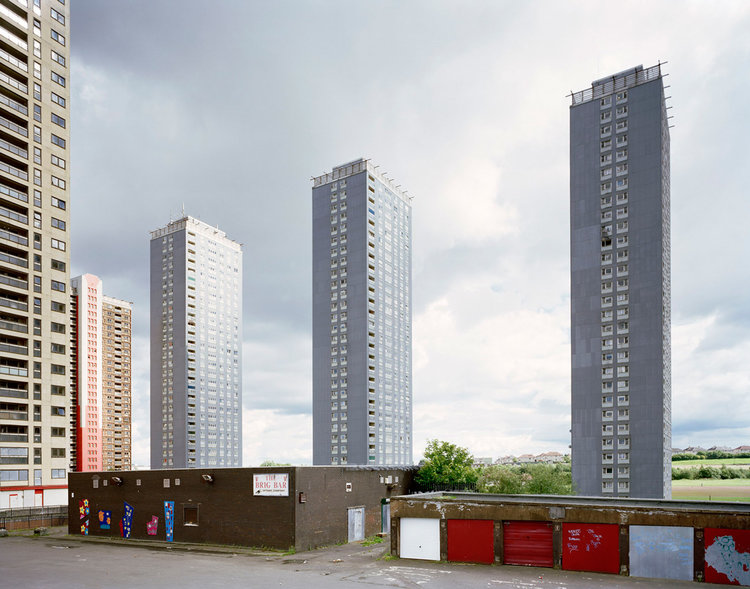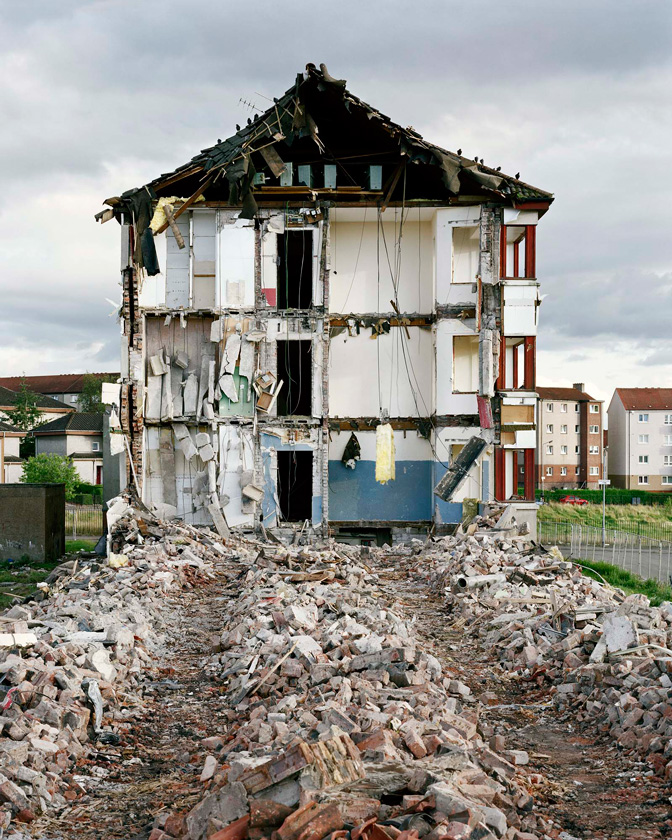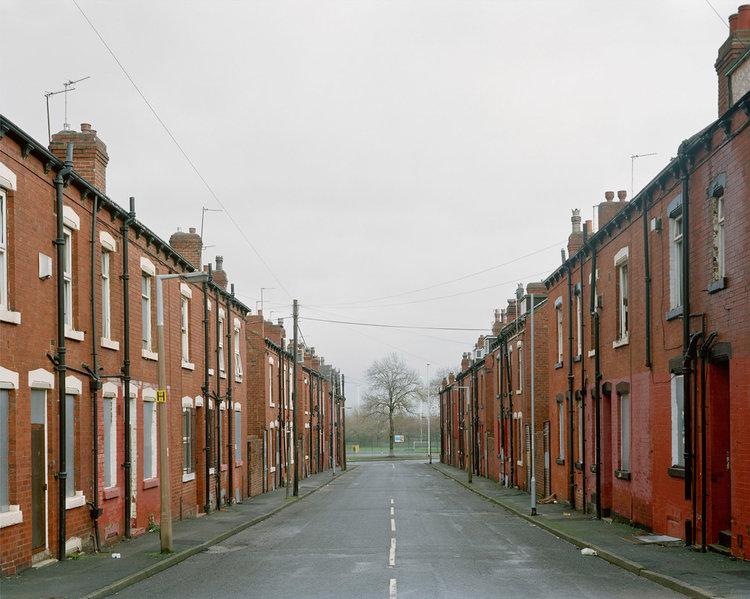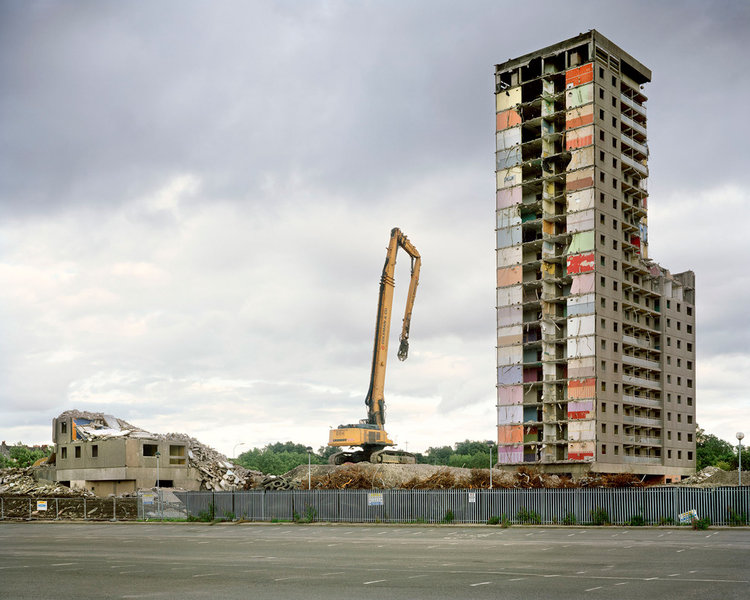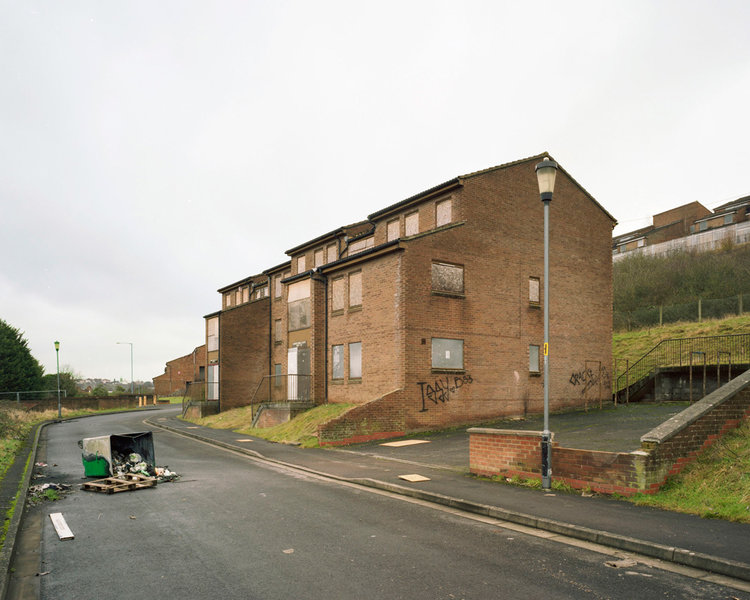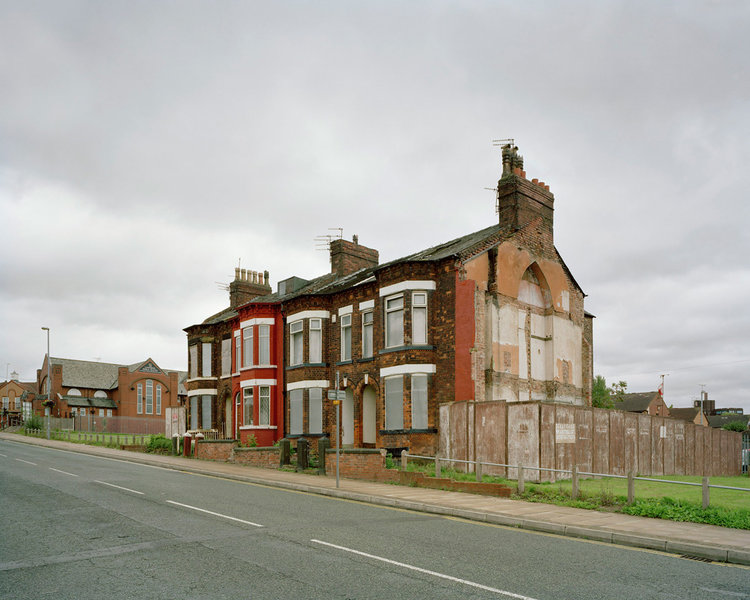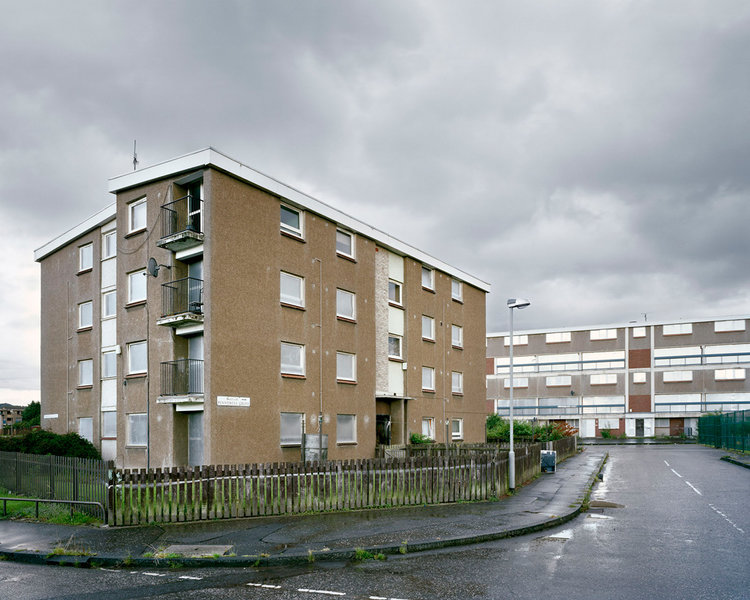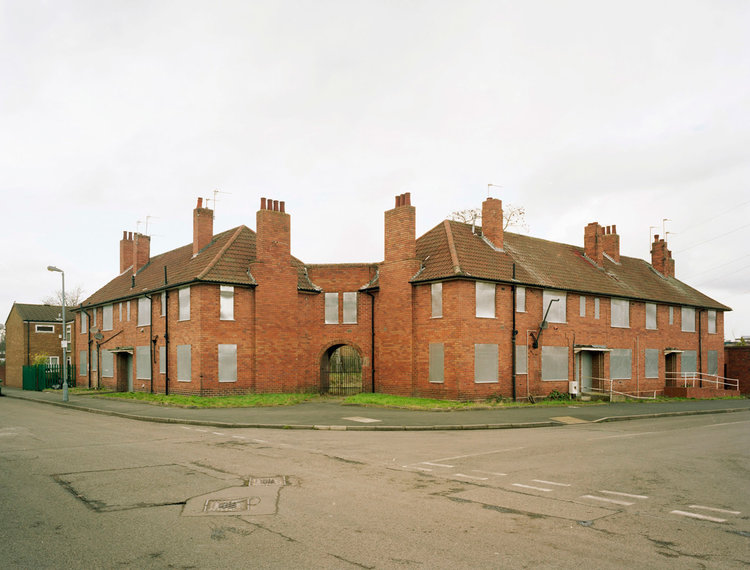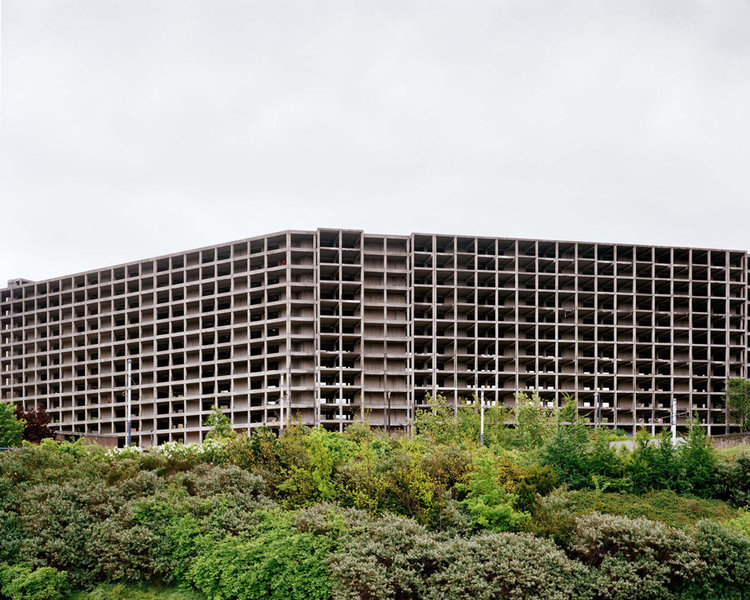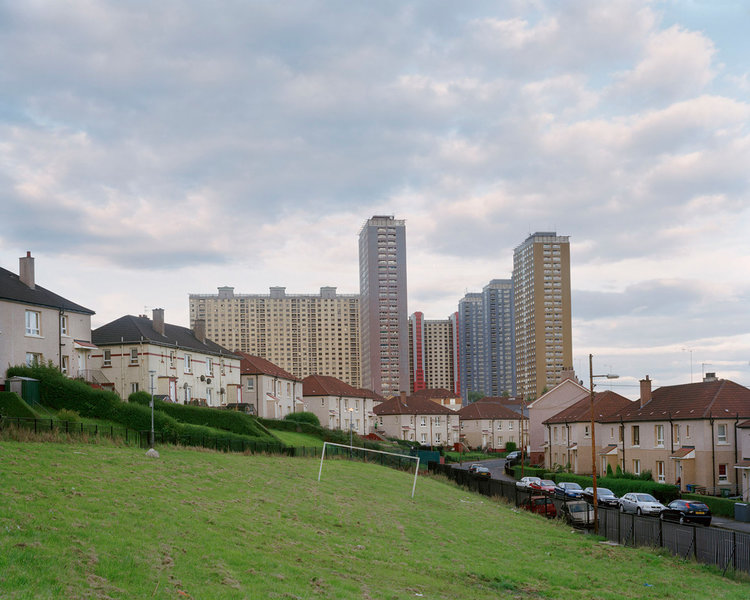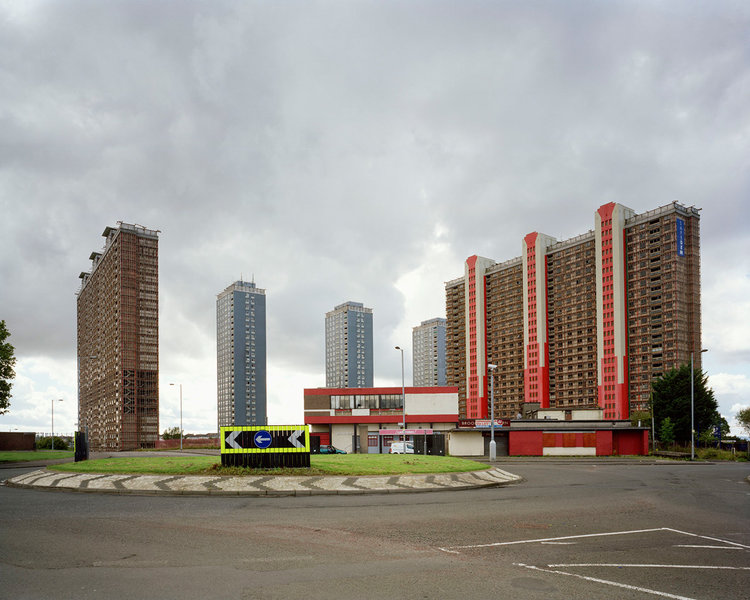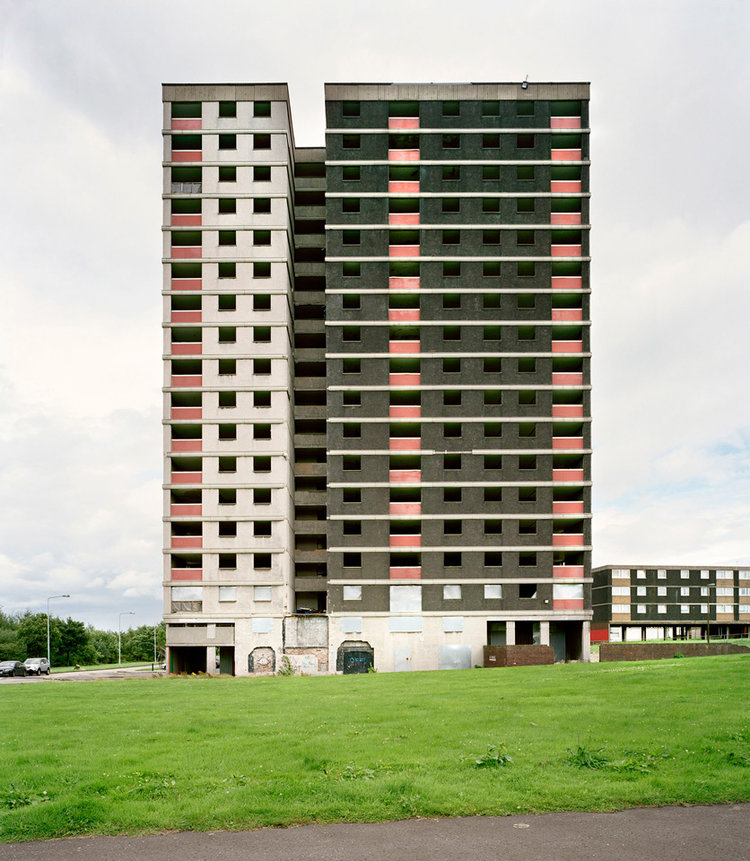DEGENERATION
BY ALEXIS STANISLAUS CURRIE
Having grown up in the North of England, amidst a once great swathe of heavy industry, I have been fascinated by the terminal decline of an industrialised society and its tumultuous move towards the post-industrial, and ultimately globalised, society that we inhabit today. This has been a gradual and at times painful transition towards the latter part of the 20th century. Now in the 21st century, we live in a technological age reliant upon ever increasing levels of globalisation and homogenisation, fraught with its own societal complexities and nuances.
My photographic practice is concerned with exploring and documenting these urban and industrial environments. Often overlooked or ignored, these places impact heavily upon the individual subconscious. It is within this construct that a greater understanding of the human psyche is sought, and how the implications of the modern world reflect upon our everyday being. By documenting the architecture and infrastructure of the hidden and banal, the possibility arises to meditate upon, not just the space that we inhabit, but also the space within ourselves.
Synopsis
In the post-war era Britain's population was faced with massive housing shortages. The existing housing stock was often disgracefully inadequate for even the most basic of needs. Modernist architecture with its close links to left wing ideology reflected a progressive solution to the practical and social issues of the time.
At its height in the 50’s Social Housing was unquestionably a central pillar of Britain's regeneration following the devastation of the Second World War. Modern, and affordable, it represented an advancement in society; where the working classes were for the first time given the opportunity to live in a decent home. These projects and buildings were often striking exercises, bold and futuristic in their character and breathtaking in the scale of their ambition.
Of course not everything proposed and executed by the town planners was to be warmly received. The high level philosophy and design of Corbusier was all too frequently brought crashing down to earth by the constraints of both economy and ability.
Beyond the physical our psychological relationship towards these estates and buildings was quickly and profoundly altered. Far from being symbols of hope and egalitarianism, estates became places to avoid. The notoriety increased exponentially through the 80's and 90's. Names such as Moss Side or Red Road taking on almost mythic proportions, becoming as much feared and despised as the very slums and tenements which they replaced.
The rampant excesses of the housing market in the late 1990’s, which lead to an Englishman's home becoming not only his castle but his retirement fund, all but finished the job started almost thirty years earlier. The unabashed pursuit of wealth and self-interest seeming to prove that there really was no such thing as society after all.
Housing Estates today have come to be associated with high levels of social stigma; they are seen as places of social exclusion. Homes to the forgotten under-classes. They provide the stage backdrop to our broken society neuroses. As compelling and titillating as any of Hogarth's scenes.
But in the midst of all the media hyperbole and theorising what are these places? Even today are they not people's homes? Places where children play and belong, where treasured childhood memories are formed however repellant this may seem to middle class observers?
What do we see when we look at these images of neglect and decay? How strikingly the physical neglect and abandonment of these homes and proud ambitions seems to reflect the disintegration and malaise of our society as a whole and perhaps even ourselves as individuals.

